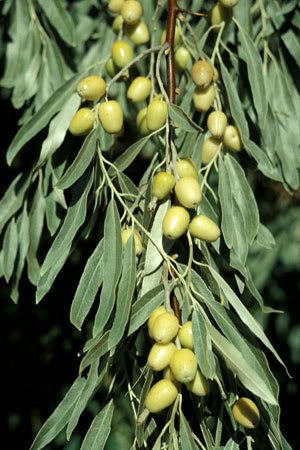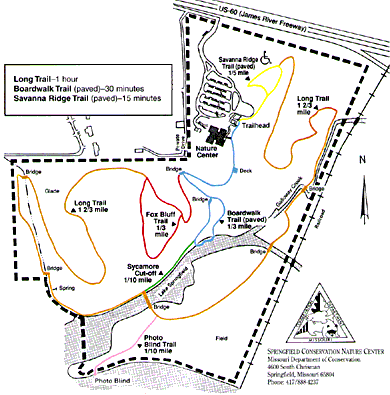Tree leaf identification in the Western Region of North America is a fairly expansive subject area, with more than 300 species of trees to be found, some introduced from other continents but many native to the region.
The Digger Pine, is widely seen in California, often found at elevations of between 300 and 900 metres, in the dry foothill woodland communities of California's Central Valley.
The huge female cones, long flexible needles in bundles of 3, growing on a crooked, forking trunk, with branches that are not horizontal. The needles are dull gray green and droop noticeably.
Mature trees are usually between 40 and 50 feet tall, the tree bark is dark gray, thick, and broken into scaly ridges.
The Austrian Pine, brought to the USA in the late 1800's is widely spread across North America

In the West, Russian-olive occurs mainly in the Great Basin Desert region at 800-2000 feet elevation and is also abundant in riparian zones of the Great Plains, for example, the Platte River in Nebraska.

Because Russian-olive is capable of fixing nitrogen in its roots, it can grow on bare, mineral substrates and dominate riparian vegetation where over story cottonwoods have died.
The Sitka Willow, by contrast, is a native tree, growing predominately in Western

Publish Post
A very useful guide to tree and tree leaf identification in the Western region, is
National Audubon Society Field Guide to North American Trees: Western Region (Audubon Society Field Guide)
Please feel free to post comments and suggestions to this blog on tree leaf identification




